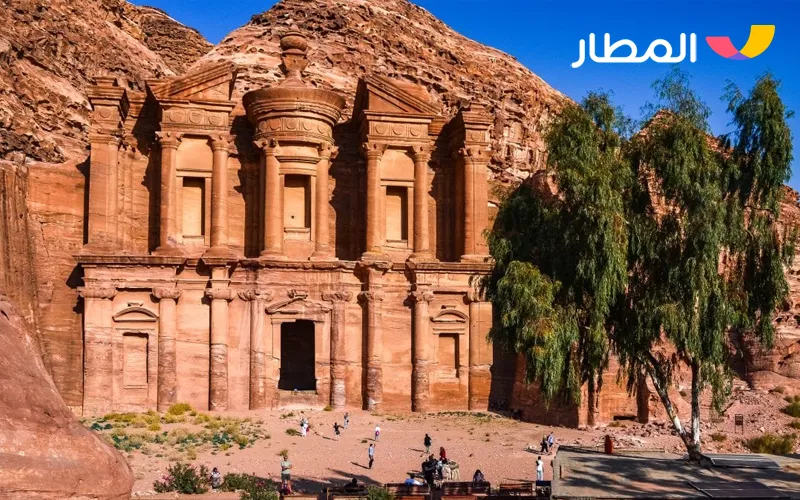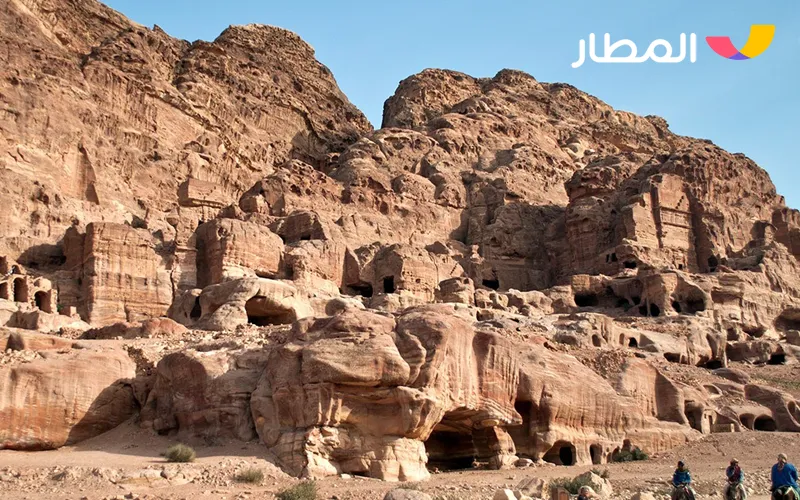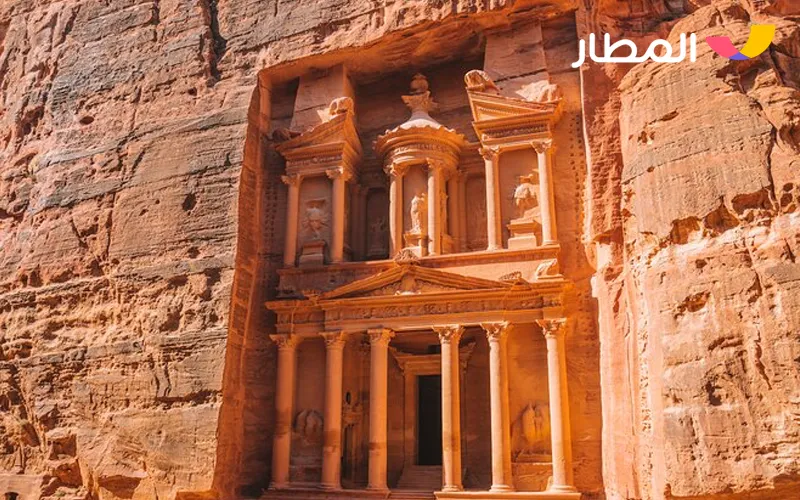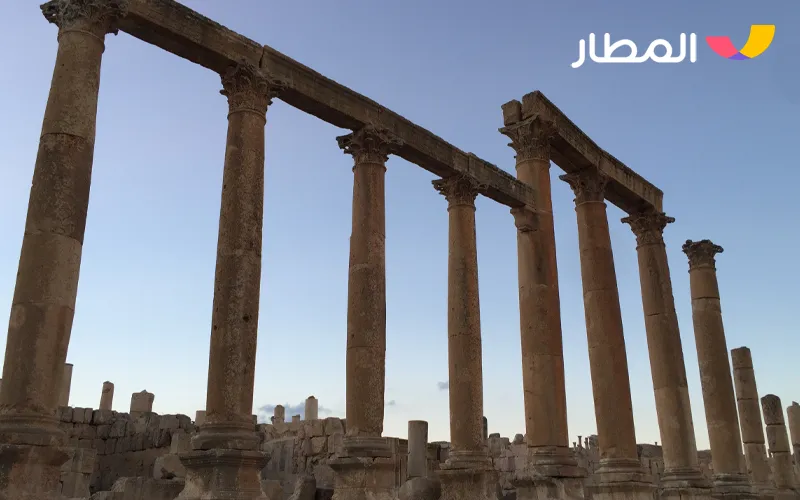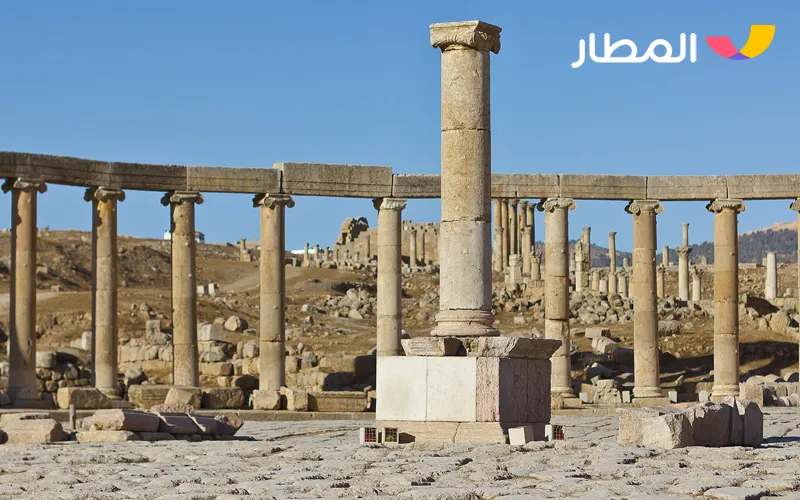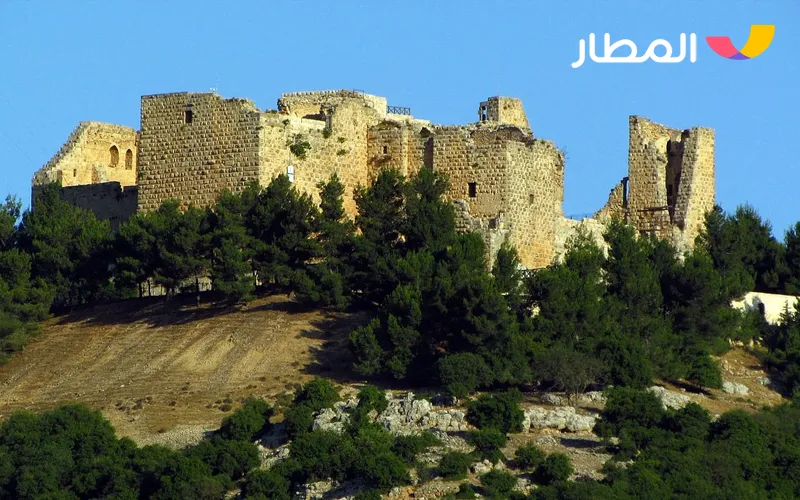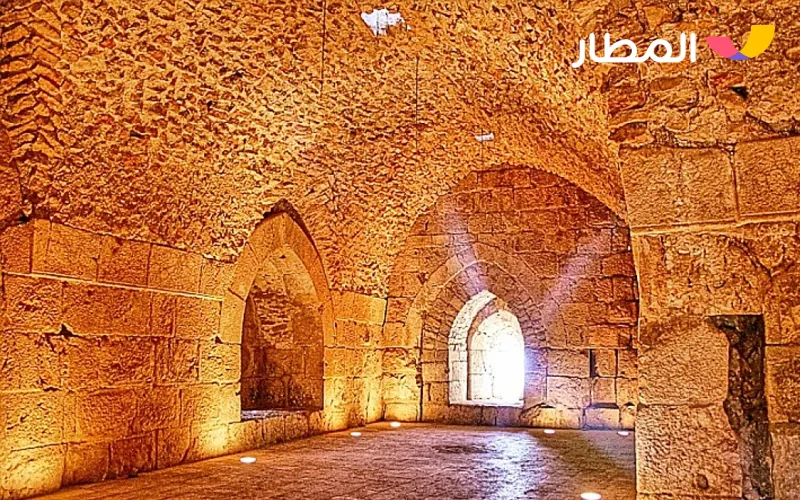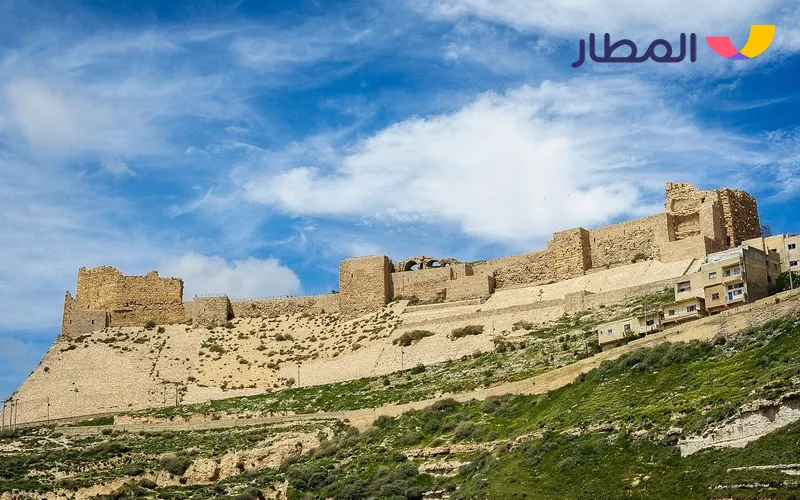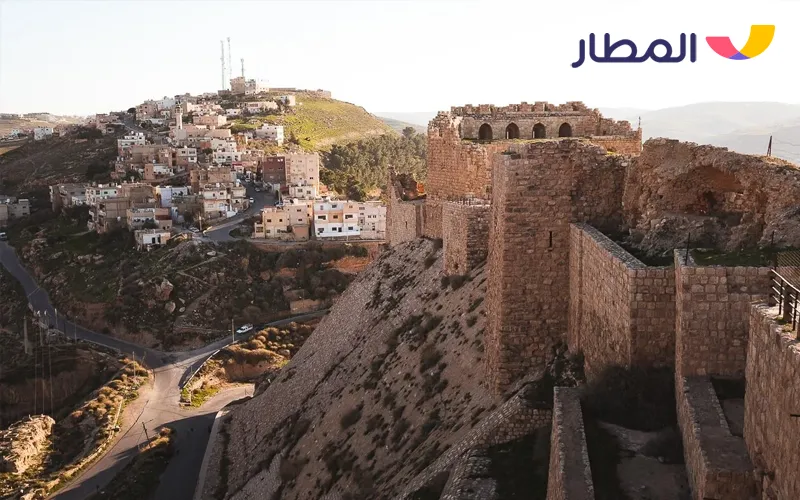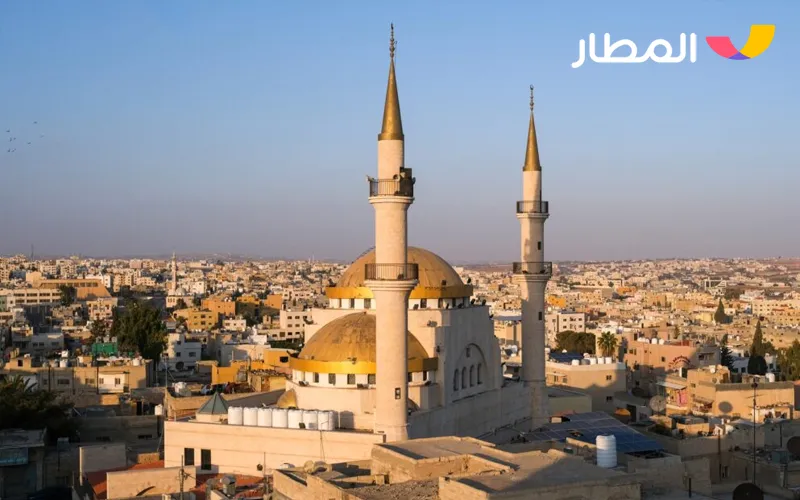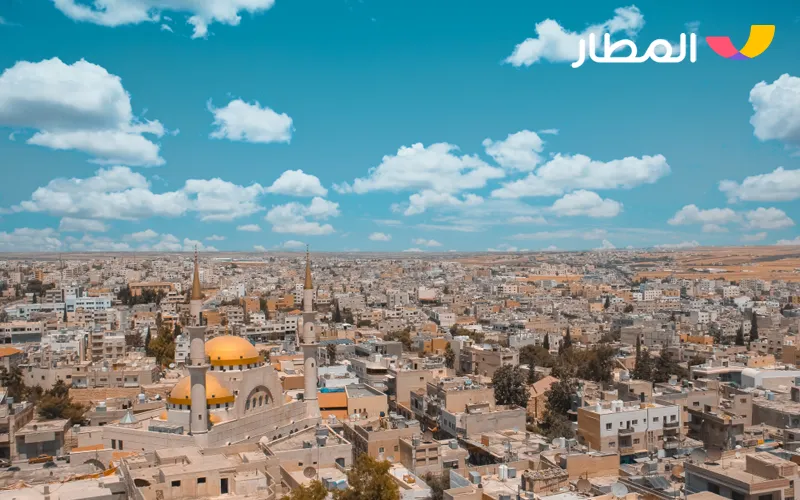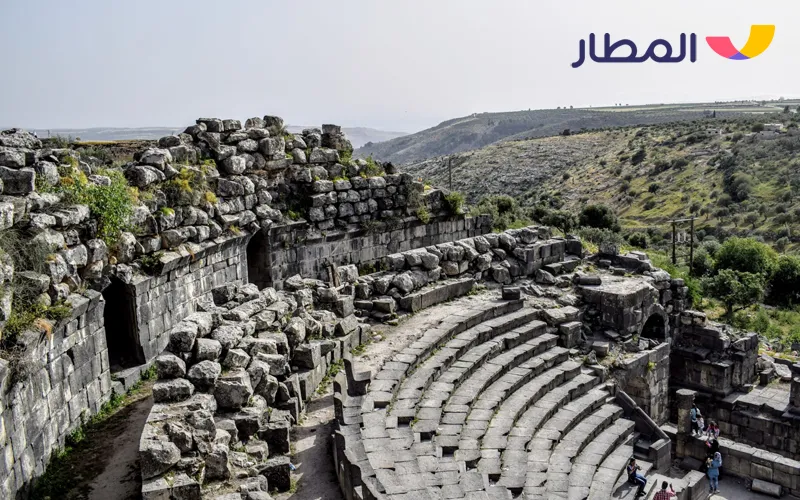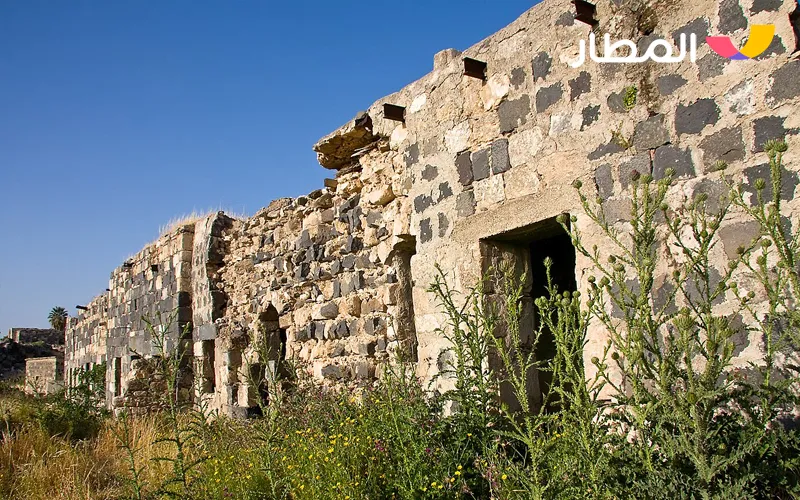If you are a lover of history and ancient civilizations, then the historical places in Jordan will be your ideal choice for a journey full of wonder and inspiration. This small country in size, big in history, offers a unique tourism experience, where Nabataean, Roman, and Islamic civilizations blend together in one impressive scene.
In this guide, we will present to you an outline that you can benefit from in your plan if you decide to travel to Jordan to visit the historical places in Jordan.
Why choose Jordan for a historical trip?
History in Jordan extends over thousands of years, as human remains dating back to 1.5 million years were found, and across the desert, civilizations of the Phoenicians, Nabataeans, Romans, and Byzantines once flourished, while Islamic cities such as the Umayyad state later spread. Jordanian cities today bear witness to this rich past, and official statistics indicate that Jordan has 7 sites listed on the UNESCO World Heritage list, from the Nabataean archaeological Petra and the desert of Wadi Rum to the Umayyad Qasr Amra and the Byzantine Umm al-Jimal base.
How to plan a perfect trip to the historical places in Jordan
Planning any trip ensures success in achieving your goals during your tourism journey, and planning also reduces mistakes and gaps. Therefore, before you head to any place, you must determine the purpose of the trip, the time frame, the appropriate timing for travel, the tools you need, and other important matters during tourism. Below we will address the most important things you should take into account when you intend to travel to visit historical places in Jordan:
-
Determine the duration you need during the trip
- If you will focus only on the historical places in Jordan, then 5 to 7 days will be enough, in which you can leisurely explore many landmarks and ruins.
- You can divide your tours between the north (Jerash, Ajloun, Umm Qais) and the south (Petra, Wadi Rum, Aqaba), dedicating the first days to the north and the remaining days to the south. In this way, you can determine the hotels you need to book and how to reach from them to the places you want to visit.
-
Choosing the means of transportation during the tour
- Renting a car gives you greater freedom during your visit to the historical places in Jordan, as the car enables you to stay as long as you need in any place you visit, and you can coordinate your entire visit during the day in the way that suits you. You can also take breaks for meals in a nearby restaurant or enjoy your coffee in a local café.
- Tourist buses are available, but they are less flexible for an individual program, and this has become clear from the previous paragraph.
-
The best time to visit the historical places in Jordan
- Most historical places require you to roam in their courtyards, under the sky and in the open air, such as archaeological sites and old castles. This means that you need pleasant and suitable weather, which makes spring (March–May) and autumn (September–November) the most appropriate.
- Meanwhile, traveling to Jordan in the summer for this purpose will make your tours difficult and exhausting due to high temperatures.
-
Accommodation in Jordan
There are three main places where you will need to stay during your tours of the historical places in Jordan:
Amman: An excellent base for starting towards the historical landmarks in the north. Here are three recommended 4-star hotels:
Wadi Musa: If you will visit Petra, you must stay in Wadi Musa, where departure to Petra will be smooth and easy. Here are three recommended 4-star hotels:
Aqaba: This place will be for relaxation, as your trip to Jordan must include time for entertainment and recreation. Here are excellent 4-star hotels:
The most prominent historical places in Jordan
-
Petra
- Location: Southern Jordan, Ma’an Governorate near Wadi Musa, 240 km south of Amman.
- Historical importance: Capital of the Nabataeans (4th century BC), a major center on the “Incense Route”, a rose-red city carved in rock, listed on UNESCO, and one of the New Seven Wonders of the World.
- What you will see in Petra: The Siq, Treasury, Monastery, Theater, rock-cut façades, and ingenious water channel system, with panoramic hiking trails.
- Benefits of the visit: Understanding an ancient Arab civilization and its methods in trade and water engineering, deepening historical and cultural awareness with an amazing sensory experience of the terrain.
- Added value for the visitor: Fun physical activity through trails, exceptional photography opportunities, connection with the local community, and direct support to the Jordanian tourism economy.
-
Jerash
- Location: Located in northern Jordan, about 48 km from the capital Amman.
- Historical importance: Known as the city of a thousand columns, it flourished in the Roman era as one of the Decapolis cities, and its remains of theaters, temples, and paved streets still testify to its civilization.
- What you will see in Jerash: The famous colonnaded street, the south and north theaters, Temple of Artemis, the south gate, and the Nymphaeum.
- Benefits of the visit: Provides direct experience of roaming among massive Roman columns and introduces Roman architecture and engineering, in addition to attending events such as Jerash Cultural Festival.
- Added value for the visitor: Enhances understanding of cultural fusion between Romans and Arabs, and provides an opportunity to contemplate a complete city still alive through its ruins and markets.
-
Ajloun Castle
- Location: On a mountain in northern Jordan, about 76 km northwest of Amman.
- Historical importance: Built by Izz al-Din Usama in the era of Saladin (12th century AD) to protect trade routes and defend against Crusaders.
- What you will see in Ajloun Castle: Huge towers, stone passageways, fortified gates, and panoramic views of Ajloun forests and the Jordan Valley.
- Benefits of the visit: Provides a chance to understand the military and strategic role of the castle in the Middle Ages, with a unique experience of Islamic history.
- Added value for the visitor: Offers beautiful natural scenery, hiking opportunities in the nearby Ajloun Reserve, and strengthens national pride.
-
Karak Castle
- Location: In the city of Karak in southern Jordan, on a high hill about 120 km from Amman.
- Historical importance: Built in the 12th century by the Crusaders, it was a strategic fortress on trade routes and military campaigns.
- What you will see in Karak Castle: Underground passages, wide halls, defensive towers, and military tunnels.
- Benefits of the visit: Provides insight into fortification arts in the Middle Ages, and allows understanding of Karak’s role as a center of Crusader-Islamic conflicts.
- Added value for the visitor: Enjoy panoramic views of Karak Valley and surroundings, and experience the spirit of military history.
-
Madaba
- Location: A city about 30 km southwest of Amman.
- Historical importance: Famous for its Byzantine and Islamic mosaics, most notably the Madaba Map (6th century AD), which represents the oldest map of the Holy Land.
- What you will see in Madaba: St. George’s Church with its famous mosaic, archaeological sites, and old churches.
- Benefits of the visit: Provides a unique artistic and cultural experience and reflects religious and cultural coexistence in Jordan through the ages.
- Added value for the visitor: Opportunity to explore mosaic art and visit local workshops to learn this craft, in addition to its proximity to Mount Nebo where it is said that Prophet Moses stood.
-
Umm Qais
- Location: In northern Jordan in Irbid Governorate, on highlands overlooking the Sea of Galilee, the Golan Heights, and the Yarmouk River.
- Historical importance: It was the city of Gadara, one of the ten Roman Decapolis cities, and it was famous as a cultural and literary center in the Greek and Roman eras.
- What you will see in Umm Qais: The western theater, colonnaded streets, Roman baths, remains of Byzantine churches, and a small museum with local antiquities.
- Benefits of the visit: Gives a complete picture of cultural and urban life in the classical period, revealing the diversity of civilizations that passed through the area.
- Added value for the visitor: Enjoy breathtaking natural views of Palestine and the Golan, in addition to combining the charm of history and the beauty of nature in one place.
What we have mentioned here are samples of the most prominent historical places in Jordan, otherwise Jordan is full of ancient landmarks that you should keep in mind within your research plan if you want to expand your visits.
In conclusion
The experience of visiting historical places in Jordan will give you a mixture of knowledge, inspiration, and natural beauty, and will make Jordan an unforgettable destination for anyone who loves history and ancient civilizations. Benefit from the diverse almatar services to enjoy a comfortable, safe, and fun journey, and do not miss subscribing to the Jawwak loyalty program from almatar to earn many points and offers from the moment you join.


